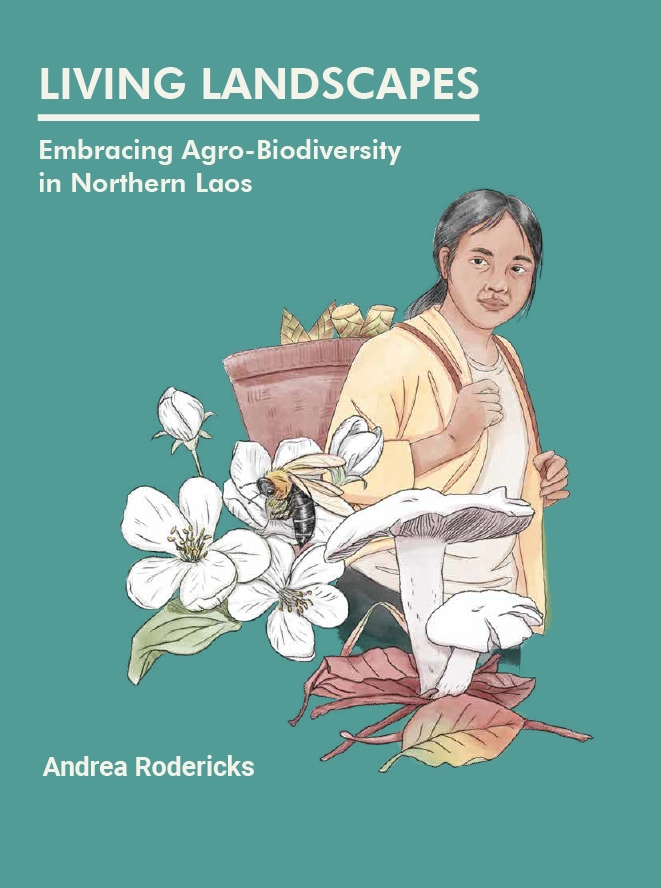Andrea Rodericks
The Lao uplands have long been recognized for their rich agro-biodiversity. Home to globally important species of animals, plants, and micro-organisms, this agro-biodiversity is the legacy of the upland farmers’ agricultural knowledge and practices passed down over generations. Towards the end of the 20th century and the start of this one, the agrarian transition and the integration of Laos into the regional and global economy brought economic opportunity to upland communities. It also brought challenges and contradictions for traditionally subsistence farmers and threats to the biodiversity of the region.
Topics:
Types:
published in 2020, language

See also
- TABI
- GFLL GOVERNANCE, FOREST LANDSCAPES AND LIVELIHOODS – NORTHERN LAO PDR
- Livelihood changes and landscapes dynamicsin the northern upland of Laos.
- Effects of landscape segregation on livelihood vulnerability: Moving from extensive shifting cultivation to rotational agriculture and natural forests in northern Laos



